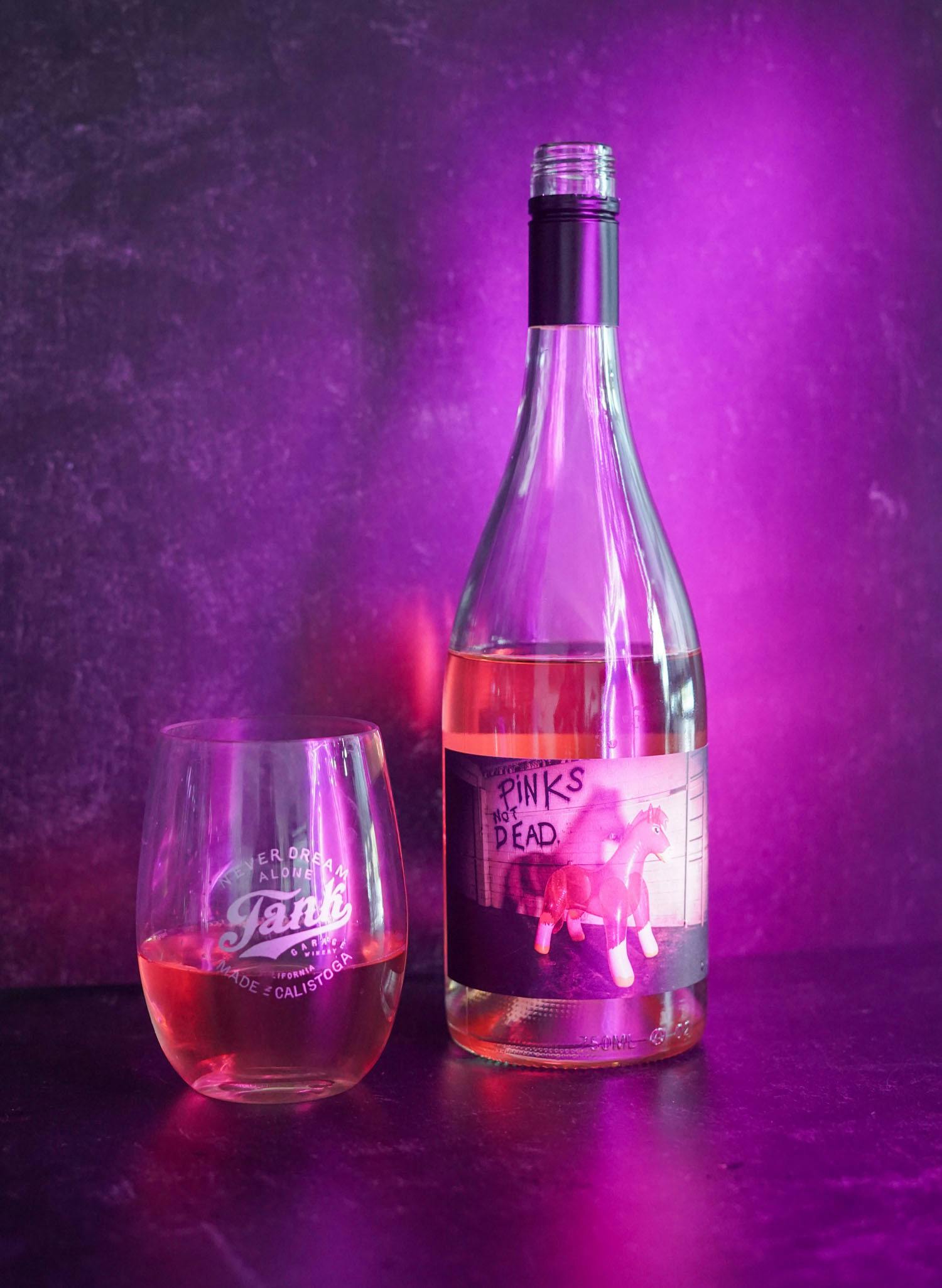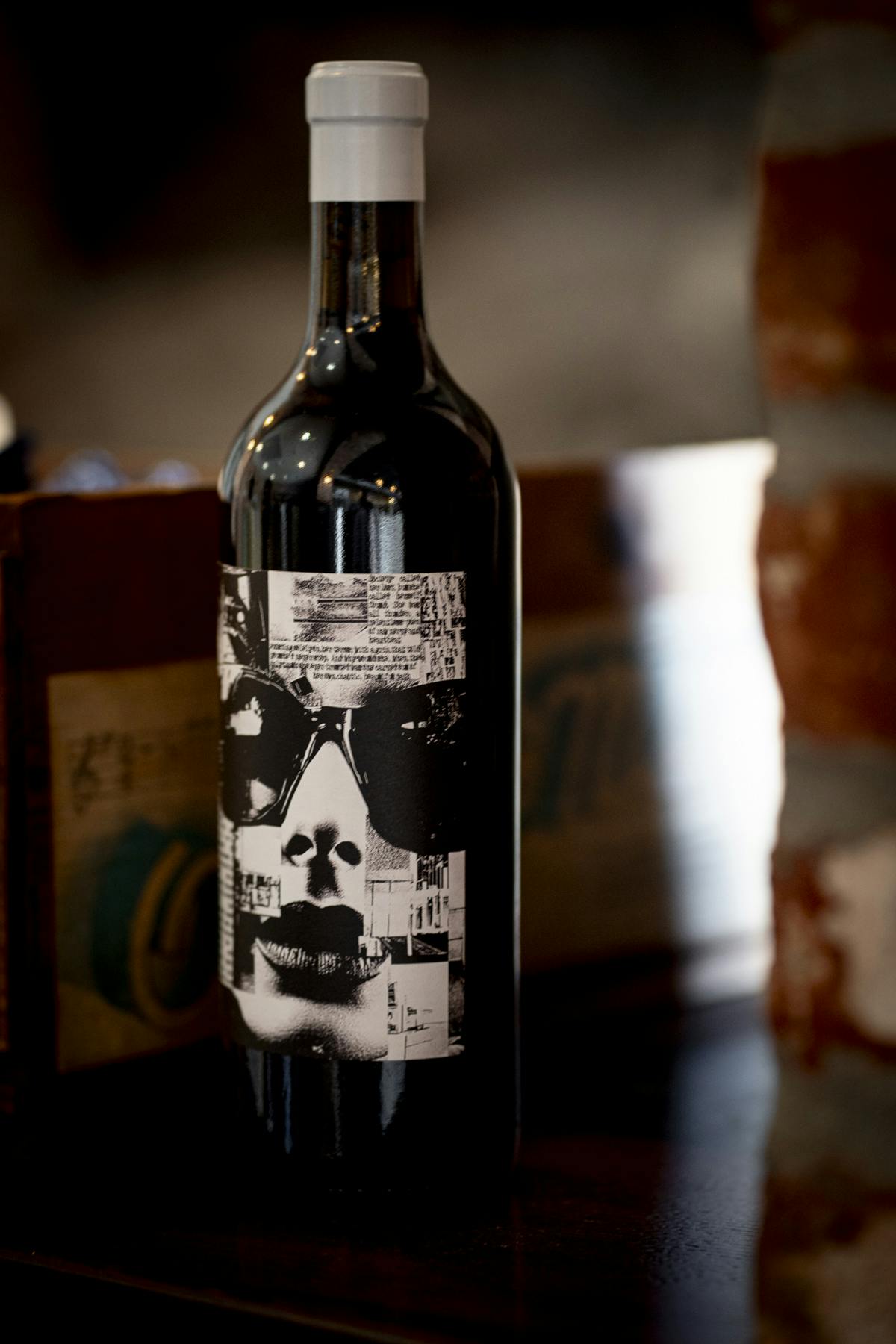Full Lineup
filter by Wine specs & Profile

2024 Pink's Not Dead, Rosé, Sierra Foothills
New


Strut, Skin-Contact White Wine, California


2022 The Heavy, Red Wine, Napa Valley


2022 Restless Waves, Red Wine, California


2022 S.H.E., Red Wine, Napa Valley
New

2022 Expression Session, Red Wine, Santa Barbara County
New!


2022 California Sound, Red Wine, San Benito County


2022 Toño's Gate, Red Wine, California


2022 Uncensored, Mixed Blacks, Clements Hills, Stampede Vineyard
Email Newsletter
Thanks for signing up! Never dream alone.